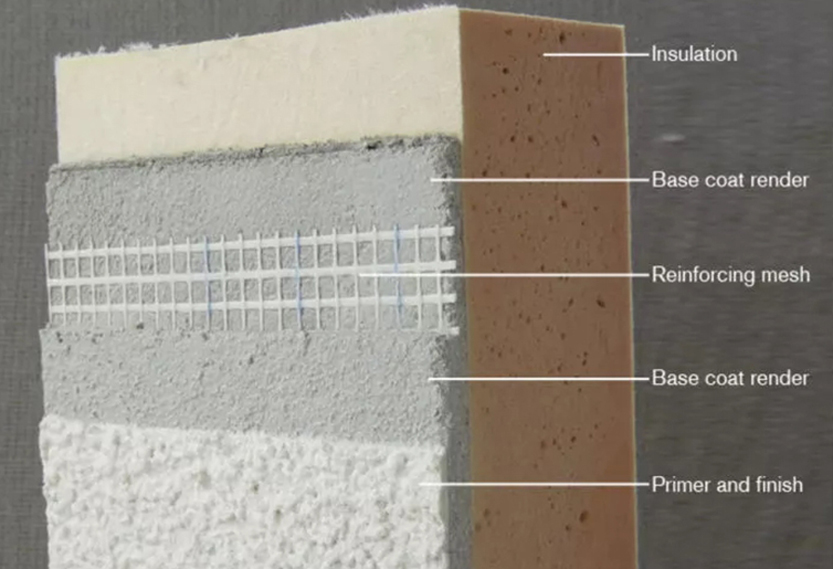
ធ្នូ . 19, 2024 15:03 Back to list
latex bonding agent
Understanding Latex Bonding Agents An Essential Component in Modern Adhesives
Latex bonding agents are pivotal in various industrial applications, particularly in the fields of construction, textiles, and crafts. These versatile materials have garnered significant attention due to their unique properties and the advantages they offer compared to traditional adhesives. This article delves into the nature of latex bonding agents, their composition, applications, and benefits, highlighting why they have become increasingly popular in diverse sectors.
What are Latex Bonding Agents?
Latex bonding agents are water-based adhesives that consist of polymers dispersed in water. These polymers are typically derived from synthetic or natural latex, which includes materials such as polyvinyl acetate (PVA), acrylics, and synthetic rubbers. The primary characteristic of latex adhesives is their ability to dry clear, providing a visually appealing finish while maintaining flexibility and strong adhesion.
Composition and Types
The composition of latex bonding agents varies significantly, depending on their intended application. Common types include
1. Acrylic Latex Known for its durability and resistance to environmental factors, acrylic latex is widely used in outdoor applications. Its flexibility allows it to withstand temperature fluctuations without losing adhesion.
2. Vinyl Acetate Copolymer Often used in woodworking and paper products, this type of latex offers strong bonding capabilities and excellent clarity. It is particularly favored in crafting and DIY projects.
3. Natural Rubber Latex Derived from rubber trees, this type of latex is prized for its high elasticity and strength. It is commonly used in applications requiring a flexible bond, such as in textiles and upholstery.
Applications of Latex Bonding Agents
Latex bonding agents have diverse applications across various industries
latex bonding agent

- Construction In the construction industry, latex adhesives are essential for bonding materials such as drywall, tiles, and wood. Their flexibility and strong adhesion help in creating durable structures that can withstand stress and movement.
- Textiles The textile industry utilizes latex bonding agents for lamination and coating processes
. These adhesives offer excellent fabric-to-fabric bonding while maintaining the fabrics' softness and flexibility.- Crafts and Arts In the crafting world, latex adhesives are popular for their ease of use and clean application. They are used in scrapbooking, model making, and other creative projects, offering a strong bond that dries clear.
Advantages of Latex Bonding Agents
1. Environmentally Friendly Being water-based, latex bonding agents are generally more environmentally friendly than solvent-based adhesives. They emit fewer volatile organic compounds (VOCs), making them safer for both users and the environment.
2. Easy Cleanup Latex adhesives can be easily cleaned up with water before they dry. This feature makes them particularly user-friendly, especially in settings such as schools and craft workshops.
3. Versatility The ability to adhere to various substrates—including paper, wood, fabric, and plastics—makes latex bonding agents versatile tools for different applications.
4. Strength and Flexibility Despite being water-based, many latex adhesives provide strong bonding capabilities. Their flexibility allows them to accommodate movements in bonded materials without cracking.
5. Cost-Effective Latex bonding agents are often more affordable than other types of adhesives. Their wide availability and ease of use make them a popular choice for both commercial and DIY applications.
Conclusion
Latex bonding agents play an integral role in modern adhesive technology, offering a blend of strength, versatility, and environmental friendliness. Their wide range of applications, from construction to crafts, showcases their adaptability to different materials and needs. As industries continue to embrace sustainable practices, the demand for latex bonding agents is likely to grow, solidifying their position as a preference for consumers and professionals alike. Understanding and utilizing these adhesives can lead to improved efficiency and quality in various projects, making them a crucial component in today’s adhesive landscape.
-
Versatile Hpmc Uses in Different Industries
NewsJun.19,2025
-
Redispersible Powder's Role in Enhancing Durability of Construction Products
NewsJun.19,2025
-
Hydroxyethyl Cellulose Applications Driving Green Industrial Processes
NewsJun.19,2025
-
Exploring Different Redispersible Polymer Powder
NewsJun.19,2025
-
Choosing the Right Mortar Bonding Agent
NewsJun.19,2025
-
Applications and Significance of China Hpmc in Modern Industries
NewsJun.19,2025







